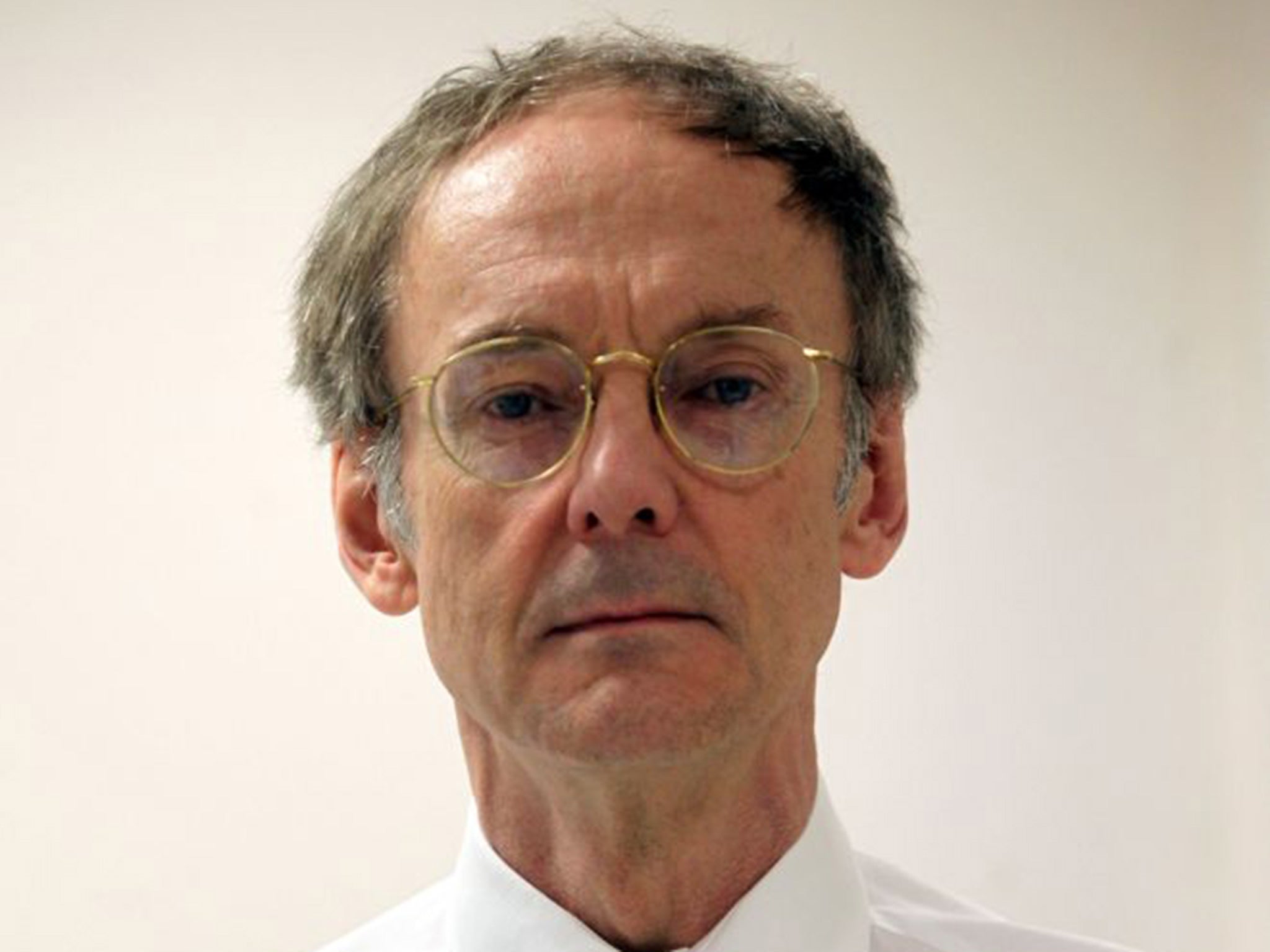Fat loss from pancreas 'can reverse' effects of type-2 diabetes
'If this special pool of fat is removed then the pancreas can become able to make insulin normally, and sugar control returns to normal'

Less than half a teaspoon of fat is all that it takes to turn someone into a type-2 diabetic according to a study that could overturn conventional wisdom on a disease affecting nearly 3 million people in Britain.
Researchers have found it is not so much the overall body fat that is important in determining the onset of type-2 diabetes but the small amount of fat deposited in the pancreas, the endocrine organ responsible for insulin production.
A clinical trial on 18 patients with type-2 diabetes has found that the loss of just one gram of fat from the pancreas can reverse the disease to the point where patients were once more are able to control levels of sugar in the bloodstream using their own insulin.
Diabetes comes in two forms. The “type-2” version affects about 90 per cent of the diabetic population and this is the disease associated with diet and obesity in adults. It occurs as a result of the failure of the body’s insulin hormone to control blood-sugar levels – by the pancreas not producing enough insulin, and the body becoming resistant to its own hormone.
If fat in the pancreas really is the key factor that triggers type-2 diabetes, it offers a potential target for reversing the disease through drugs. However, at present the only way of lowering fat levels in the pancreas is to go on a strict diet that lowers fat elsewhere in the body – a weight-loss procedure that is notoriously difficult to maintain.
Another problem is how we define “pancreatic fat”, according to Professor Stephen O’Rahilly of Cambridge, who has carried out extensive research on metabolic disease.
“The term ‘pancreatic fat’ is used very loosely. The pancreas is 99 per cent digestive glandular tissue and only 1 per cent hormone-secreting islets [cells],” Professor O’Rahilly said.
“Scientists have no idea where in the pancreas the fat actually is and whether it is of any relevance to the islet function. It’s not surprising that it disappears when people go on rigorous diets. It’s disappearing from everywhere,” he said.
The scientist behind the preliminary findings, which were released at the World Diabetes Conference in Vancouver, Canada, said the discovery opens the door on a new understanding of type-2 diabetes and raises the prospect of better treatments and possibly a cure.
“We have shown that there is excess fat in the pancreas of people with type-2 diabetes, which is not present in people without diabetes. If this special pool of fat is removed then the pancreas can become able to make insulin normally, and sugar control returns to normal,” said Roy Taylor, professor of medicine and metabolism at Newcastle University.
“I’m very excited about the findings because up to this point the failure of the cells in the pancreas to produce insulin has been mysterious. By showing we can detect a pool of fat in the pancreas, which when drained away allows the pancreas to function normally again, suddenly means we can see diabetes in startlingly simple terms,” he told The Independent.

The trial involved comparing 18 people with type-2 diabetes with 9 overweight people who did not have the disease. All had gastric bypass treatment for obesity, and the diabetic patients were immediately taken off medication after the bariatric surgery.
Both groups lost the same amount of weight, around 13 per cent of their initial body mass on average, but critically the pool of fat in the pancreas – determined by MRI scans – did not change in the non-diabetic group, but it decreased to normal levels in those with diabetes.
Professor Taylor said the average loss of about 0.6 grams of fat from the pancreas of diabetic patients was the crucial finding. It demonstrated how relatively small amounts of pancreatic fat can determine whether someone has type-2 diabetes.
When excess fat from the pancreas is removed, insulin secretion increased to normal levels and they became diabetes-free, Professor Taylor said.
“This comes across as a simple explanation for type-2 diabetes and for patients it will be a strong motivating factor in losing weight. But it also presents a very clear target for future research. If you can block the uptake of fat by the pancreas, you can reverse the disease,” he said.
“At present the only way to get fat out of the pancreas is to remove a very large amount from the whole body. But now it should be possible to target drugs to block fat uptake into the pancreas,” he added.
Asked whether this is a step nearer to a cure, he replied: “Yes, in that we understand what is causing the disease.”
However, other experts have urged caution over the findings, which have yet to be published in a peer-reviewed medical journal.
“The implication that ‘disappearance of fat from the pancreas’ on an MRI scan has any real meaning for diabetes is largely unsubstantiated,” said Professor Stephen O’Rahilly of Cambridge University.
“Fat is lost not only from fat tissue but from all the other places, like liver and muscle and pancreas where excess fat goes in some people who are obese. Also unsurprisingly, their diabetes goes away,” Professor O’Rahilly said.
“Losing weight in the short to medium term is not a difficult thing. There are thousands of people who have done that and hundreds of ways of doing it. The real challenge is maintaining lowered weight in the long term,” he said.
“This is not addressed in this study. It is likely that the weight will start to return in most individuals and, with that, the diabetes will follow,” he added.
Join our commenting forum
Join thought-provoking conversations, follow other Independent readers and see their replies
0Comments